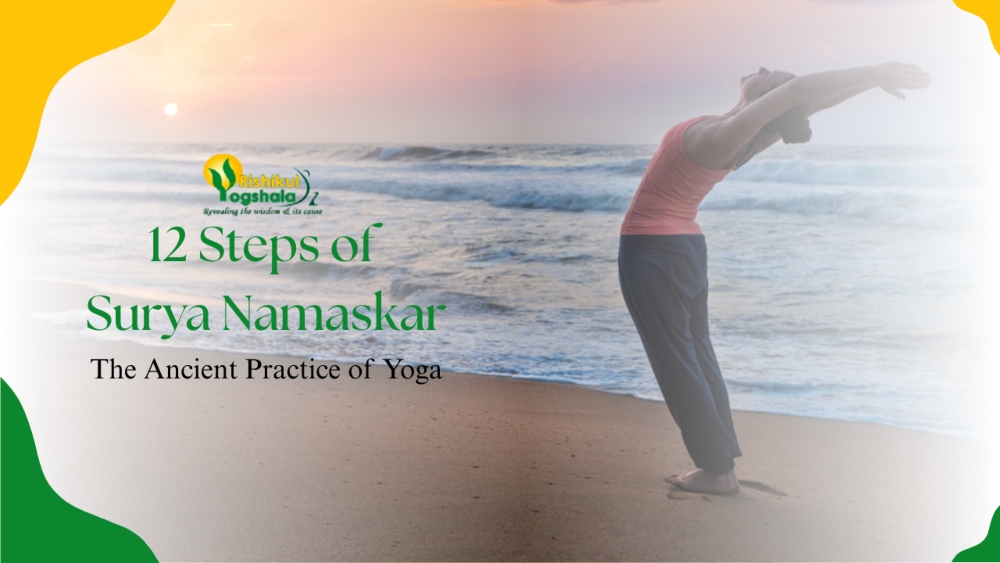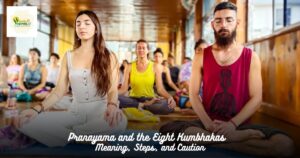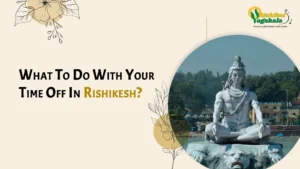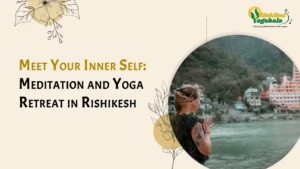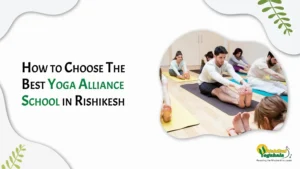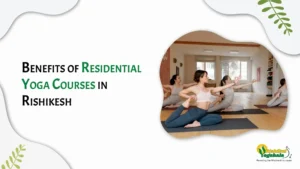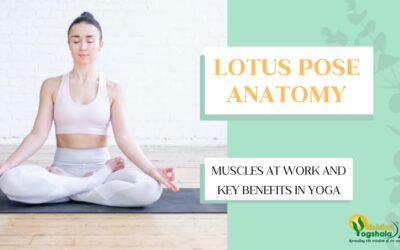Introduction – Surya Namaskar
Sun salutation, or Surya Namaskar, is a step-by-step, powerful yoga that stimulates and rejuvenates the entire body. The stretches and folds involved in the Yoga Surya Namaskar steps benefit your cardiovascular system and strengthen and lubricate the muscles and joints.
Surya Namaskar Step-by-Step Manual
Follow these Surya namaskar 12 steps and relieve stress from your muscles:
1. Prayer (Pranamasana)
Steps:
- Stand and keep your legs together to balance your weight equally on them.
- Relax your shoulders and expand your chest.
- Inhale while you bring your hands above from the sides.
- Exhale when you join your hands in a namaskar.
Benefits:
- Relaxes the nervous system
- Balances the body
- Establishes calmness, concentration, gratitude, and humility
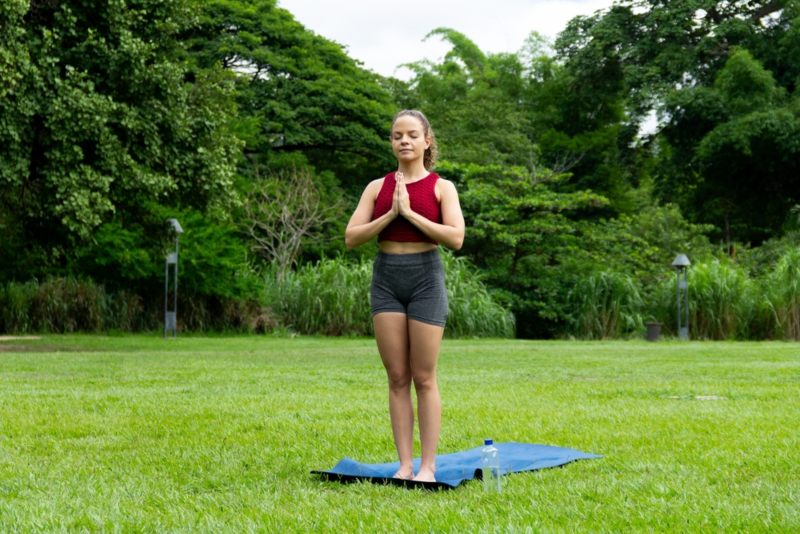
2. Raised Arms (Hasta Uttanasana)
Steps:
- Lift your arms above your head by keeping your biceps close to your ears and inhaling.
- Stretch your whole body by pushing the pelvis forward.
- Do not try to bend backwards, but try to reach up with your fingers
Benefits:
- Expands your chest
- Stretches your spinal cord, arms, and intestinal and abdominal muscles.
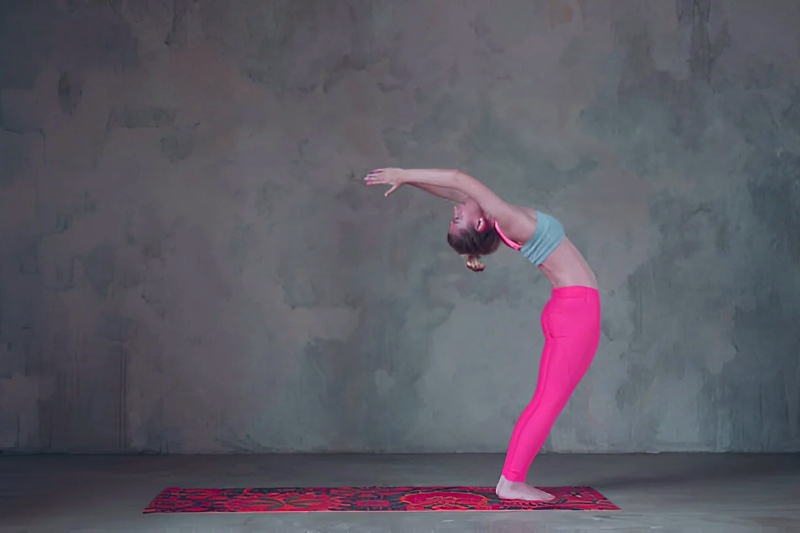
3. Hand to Foot (Hasta Padasana)
Steps:
- While breathing out, bend downwards by keeping your spine erect.
- Touch the ground beside your feet with your palms. You may bend your knees while touching the ground.
- If you can deepen the stretch, straighten your knees.
Benefits:
- Opens the shoulders and hips
- Stretches back muscles and spine
- Tones your legs, thighs, and abdomen
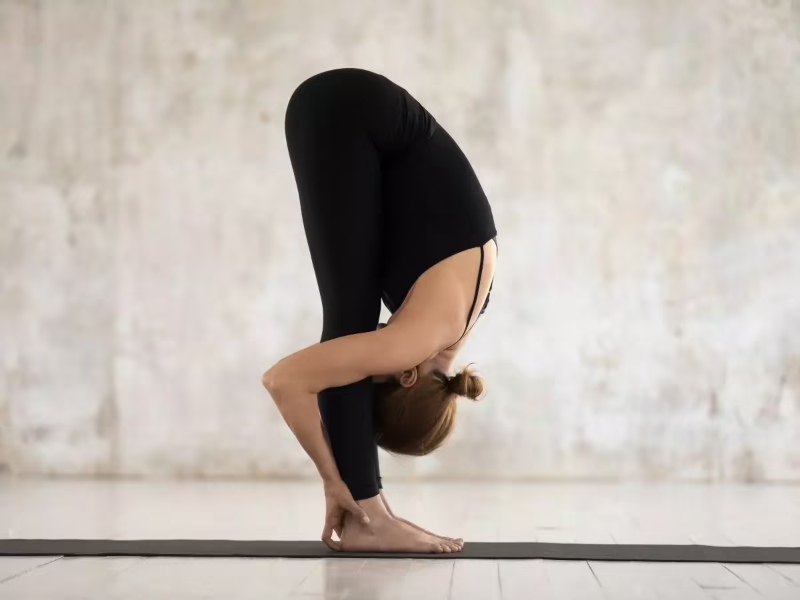
4. Equestrian (Ashwa Sanchalanasana)
Steps:
- Stretch your right leg back as much as possible and breathe in.
- Keep your right knee on the ground and look up.
- The left leg stays bent with the foot between your palms.
Benefits:
- Improves sciatica, constipation, and indigestion
- Makes your neck and spine flexible
- Tones your legs, thighs, and abdomen
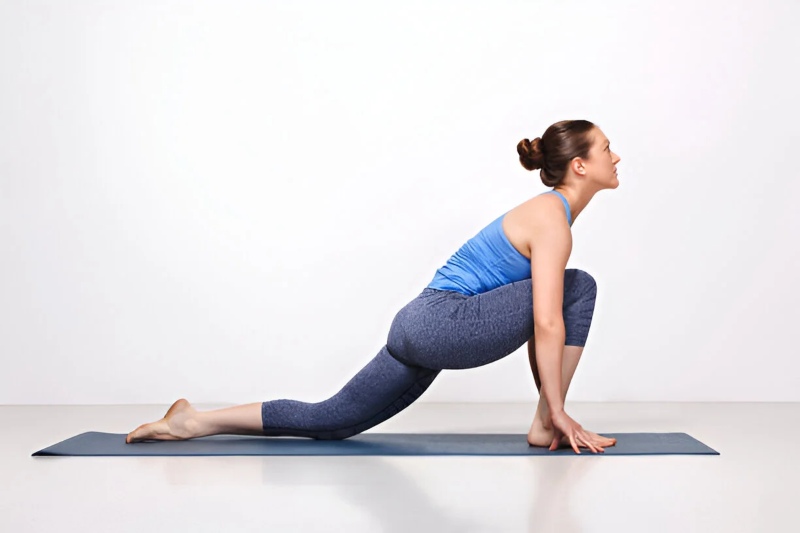
5. Plank (Phalakasana or Dandasana)
Steps:
- Breathe in and stretch your left leg backward, too.
- Stretch your whole body in a straight line with your arms perpendicular to the ground.
Benefits:
- Calms the mind
- Improves posture
- Good for the spine
- Strengthens your abdominal muscles, back, and arms
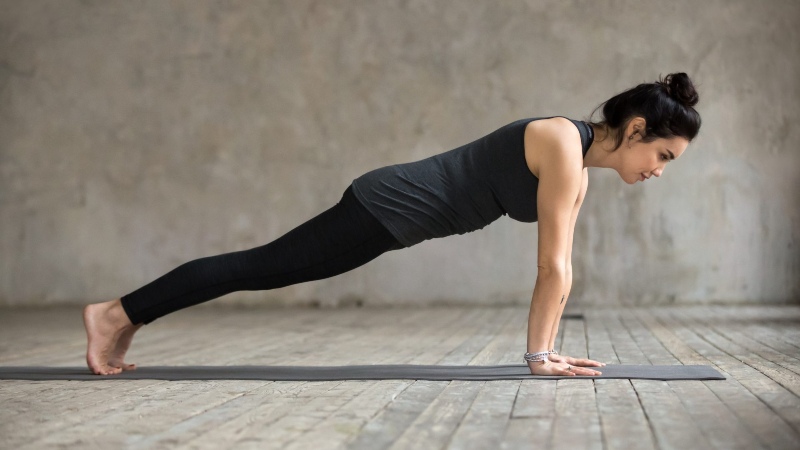
6. Eight Points Salute (Ashtanga Namaskara)
Steps:
- Exhale and gently touch your knees on the ground.
- Protrude your hips slightly and slide forward.
- Rest your chin and chest on the floor while your posterior is raised.
- Remember, the abdomen should not be on the floor.
Benefits:
- Reduces anxiety and tension
- Enhances the flexibility in your spine and back
- Strengthens your chest, back, arms, shoulders, and nerves
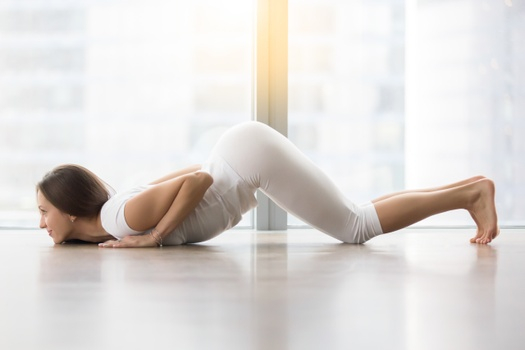
7. Cobra (Bhujangasana)
Steps:
- Slide forward from the Ashtanga Namaskara pose and lie your legs flat on the ground.
- Raise your chest high with your elbows bent and shoulders away from your ears.
- Inhale and gently push your chest forward.
- Exhale and gently push your navel down.
- Keep your toes flat on the floor.
Benefits:
- Strengthens your heart, entire upper body, and abdominal and back muscles
- Elevates your mood
- Relieves constipation and menstrual irregularities
- Tones your liver, uterus, and ovaries
- Benefits the kidneys and adrenal glands
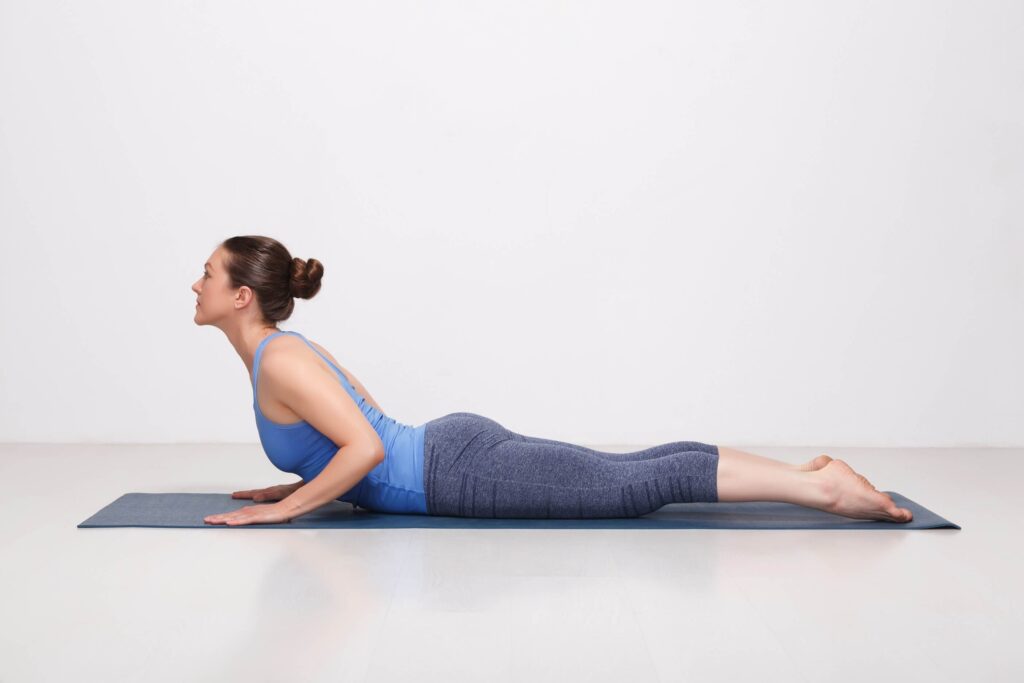
8. Downward-facing Dog (Adho Mukha Svanasana)
Steps:
- Breathe out while lifting your tailbone and hips in an inverted V position.
- Try to keep your heels on the ground to deepen this Sun salutation step.
Benefits:
- Increases blood flow to the head and brain
- Cures issues with the spine
- Stretches your abdominal, back, and arm muscles
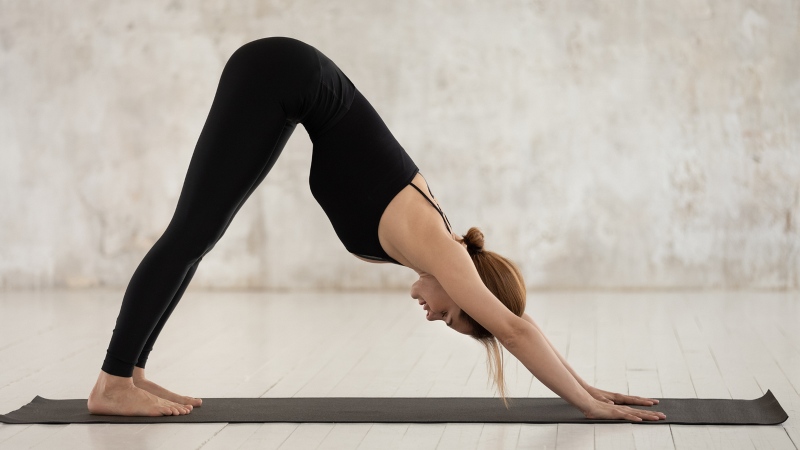
9. Equestrian (Ashwa Sanchalanasana)
Steps:
- Bring your right foot forward and lower your back.
- Keep your right foot between your two palms, lying flat on the floor.
- Press your hips down, the right calf perpendicular to the ground, and look straight.
- To deepen the stretch, gently push the hips downwards.
Benefits:
- Improves sciatica, constipation, and indigestion
- Makes your neck and spine flexible
- Tones your legs, thighs, and abdominal muscles
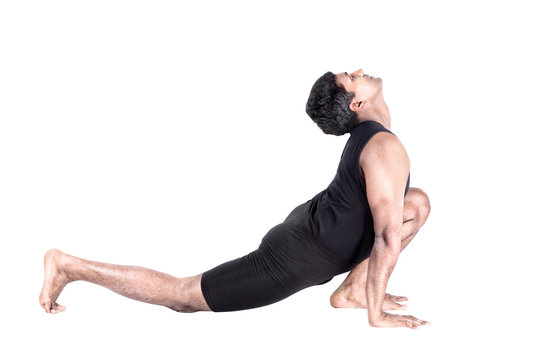
10. Hand to Foot (Hasta Padasana)
Steps:
- Bring the stretched right leg forward and raise your hips to get on your feet.
- But keep the palms flat on the ground beside your feet. You may bend your knees if the stretch is too deep for you.
- Try to touch your nose to your knees and keep breathing
Benefits:
- Opens the shoulders and hips
- Stretch your back muscles and spine
- Tones your legs, thighs, and abdominal muscles

11. Raised Arms (Hasta Uttanasana)
Steps:
- Lift your torso from the Hasta Padasana Sun salutation step and stretch your body backward.
- Keep your arms stretched backward, too.
- Push your hips slightly outwards and keep your biceps near your ears.
Benefits:
- Opens your shoulders and hips
- Stretch your back muscles and spine
- Tones your legs, thighs, and abdominal muscles

12. Mountain (Tadasana)
Steps:
- Exhale and lower your arms to your sides.
- Relax and observe your body sensations
Benefits:
- Relaxes the nervous system
- Balances the entire body
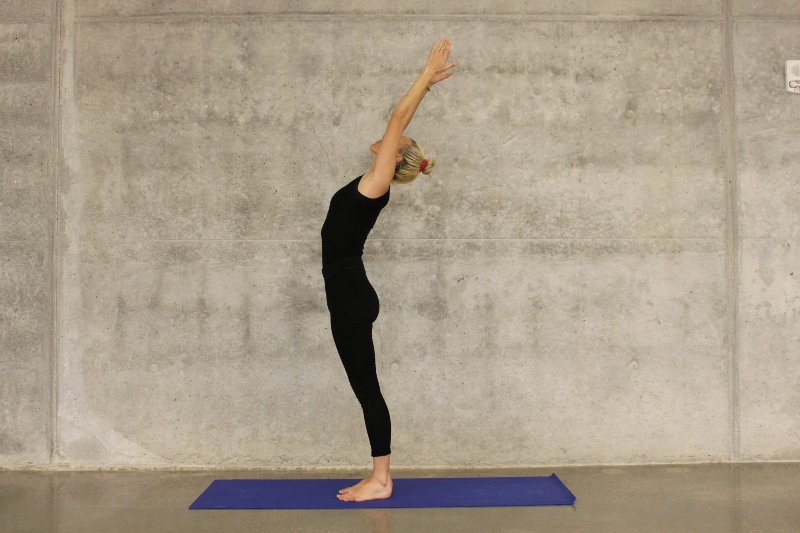
Conclusion
Surya Namaskar is in itself a Yoga session with 12 stretching and strengthening steps. Following the 12 Surya namaskar steps ensures you manage your weight reasonably well and boosts your cognitive skills. Here are a few other benefits of doing Surya Namaskar steps daily:
- Balances all kinds of doshas you may have on your system
- Maintains your overall health
- Cures any stiffness in your muscles
- Opens up your respiratory system
Learn more about Surya Namaskar and other yoga poses with us in our 200-hour yoga teacher training program at Rishikul Yogshala, Rishikesh!

12 Steps of Suryanamaskar FAQs
1. What are the 12 poses of Surya Namaskar?
Surya Namaskar is a sequence of graceful, continuous steps to be done by taking deep breaths. Here are the 12 stretching steps in Surya Namaskar:
- Prayer (Pranamasana)
- Raised Arms (Hasta Uttanasana)
- Hand to Foot (Hasta Padasana)
- Equestrian (Ashwa Sanchalanasana)
- Plank (Phalakasana or Dandasana)
- Eight Points Salute (Ashtanga Namaskara)
- Cobra (Bhujangasana)
- Downward-facing Dog (Adho Mukha Svanasana)
- Equestrian (Ashwa Sanchalanasan)
- Hand to Foot (Hasta Padasana)
- Raised Arms (Hasta Uttanasana)
- Mountain (Tadasana)
2. Why are there 12 steps in Surya Namaskar?
The 12 steps in Surya namaskar signify the 12 cycles of the Sun. These yoga postures help in aligning your physical cycles with those of the Sun.
3. Are 13 rounds of Surya Namaskar enough?
One set of Surya namaskar burns around 14 calories, which means 12 sets will burn 168 calories over time. It is the best way to stay fit and healthy.
4. Which time is best for Surya Namaskar?
The best time to do Surya Namaskar is early in the morning when you can face the sun. Each pose in Surya namaskar is in sync with relaxed breaths (inhaling as you stretch and exhaling as you fold).
5. Can I drink water before Surya namaskar?
No, do not drink or eat anything before or after you attempt Surya Namaskar. You should also do a slight warm-up session before you do a Surya namaskar and sync all your poses with your breaths.
6. Does Surya Namaskar Increase Height?
Surya Namaskar improves flexibility and posture, which can help maximise height potential during adolescence. However, it does not significantly increase height in adults, as height is mainly determined by genetics and growth patterns.
Last Modified Date: 30th September 2025

